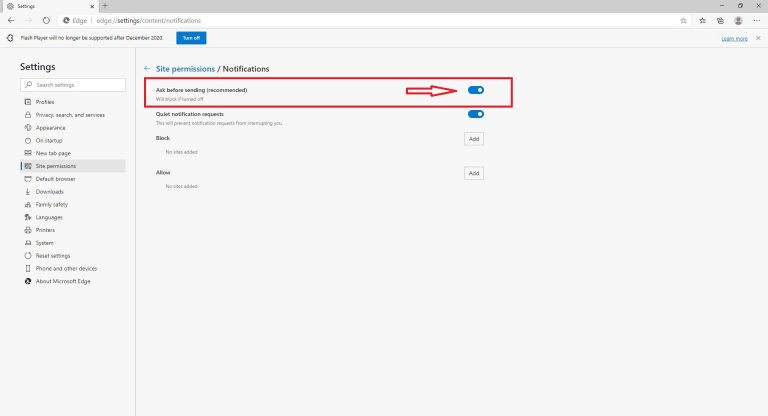
For each website you wish to blacklist, add a new line, and create an entry in the following format: Right-click on the file and use Notepad to open the file. The Hosts file in Windows is located at the following location: You can use this file to reject individual websites. Hosts File is a temporary DNS cache that allows for a speedier opening of websites. 2] Using HOSTS file to block individual websites # Read: How to unblock and access Blocked or Restricted Websites. There are other ways to block or blacklist websites in Edge, Firefox, Chrome, Internet Explorer and other browsers. However, this method is pretty restrictive and may not serve the purpose of many. This post shows how to block a website in Microsoft Edge. Since Chrome and Edge also use proxy settings from Internet Options, this will affect both Internet Explorer, Chrome, and Edge (Chromium). Note that we used forward slashes instead of backslashes as in the case of Internet URLs. pac file as following:įile:// remains the same while path and filename may vary based upon where you saved the file and what you named the file. In the address field, type the location of. Click to check the box named “Use automatic configuration script”. In the Connections tab, click on LAN settings. You have to configure it using Internet Options in Control Panel. That will be the main website and all the subdomains of your organization. You can change the site name to your organization’s website so that users of your organization can access only the websites of your organization. If you try to open any other website, you will receive a warning and the site will not open. pac file, you will be able to open websites related only to, main blog site, news, and forum. If you copy the above script to Notepad and save it as a.


In effect, you are whitelisting one site here, and blocking out the others. You can use a proxy script to block all websites except the ones belonging to your organization. How to blacklist or block websites # 1] Using Proxy Script to block websites in Chrome, Edge, IE #


 0 kommentar(er)
0 kommentar(er)
